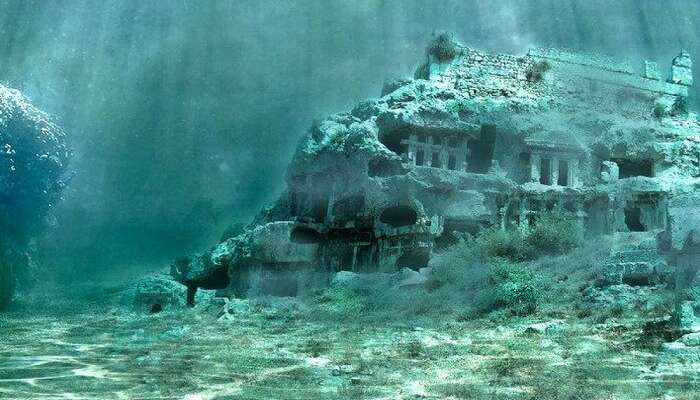
Many archaeologists say cities, by definition, rely on hinterlands for food, water and raw materials. Perhaps more important than the city itself is its relationship with surrounding lands. But that size wouldn't cut it five centuries later, in 200 A.D., when the great Teotihuacan likely harbored 100,000 people. Most scholars use a sliding scale, which varies by region and across time.įor example, archaeologists working in Mexico might classify the Zapotec capital of Monte Albán as a city, when it exceeded more than 5,000 residents by 300 B.C. In any case, it remains unclear where to set the bar in terms of the number of inhabitants, size of walls, intricacy of aqueducts or other specs necessary for city status. Others look for urban amenities like public buildings, temples, fortification walls, neighborhoods and infrastructure.

Some researchers base the distinction on population size and density. Scholars debate what distinguishes a true city from a lower-tier town. One disagreement, which has long ruffled archaeologists, stems from the contested definition of city. In just six millennia, city living has swept the globe.

Today, about 4 billion people - more than half the world’s population - reside in urban settings. In certain places, thousands of people crammed together to form Earth's first cities, while the rest of humanity continued living in dispersed villages, homesteads or nomadic camps.


 0 kommentar(er)
0 kommentar(er)
